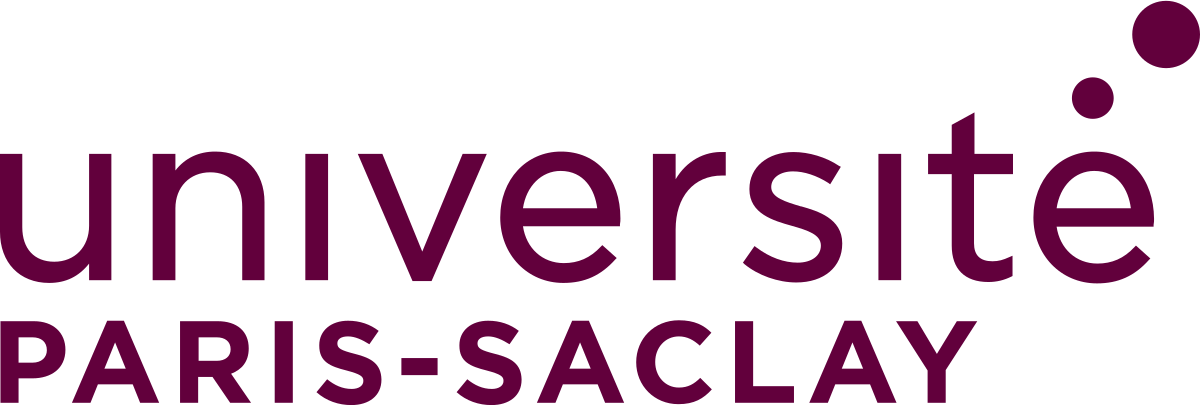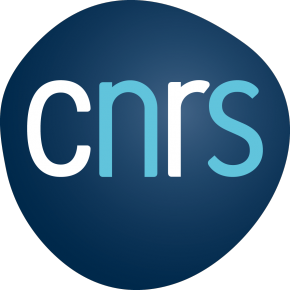


The Laboratory of Signals and Systems (L2S) is a joint research unit (UMR 8506) of the CNRS, CentraleSupélec and the University of Paris-Saclay created in 1974. Research at L2S focuses on fundamental and applied mathematical aspects of control theory, AI, data science, information, signal and image processing, communication, and network theory.
The laboratory is organized into three main scientific domains: control and systems, signal processing and statistics, networks and telecommunications. Interdisciplinary themes related to life and health sciences, industry, and energy have an essential place.
SIGNALS AND STATISTICS GROUP
This group focuses on signal and image processing and statistical modelling. Research activities are inspired by data processing challenges in various application fields such as health engineering, nondestructive testing of materials, acoustics, remote sensing, astrophysics, transportation, and electrical and mechanical engineering. Our research aims to propose solutions to big and possibly heterogeneous data analysis, statistical learning, data mining, temporally and spatially correlated signal analysis, optimal design of experiments, and inverse problems in signal and image processing. The proposed methods and algorithms rely on various tools such as multivariate statistics, numerical optimization, random matrix theory, sparse representation, and Bayesian inference. The group is also interested in Algorithm-Architecture Matching issues, at the interface between signal processing and High Performance Computing. This activity aims at fully exploiting the significant potential of parallel computing of signal processing algorithms on GPU and FPGA hardware accelerators.
SYSTEMS AND CONTROL GROUP
This group deals with fundamental control theory methods and their applications. Its activities are carried out in a broad international context. Among its research interests, one can distinguish the following topics: modelling; estimation, identification and observation; stability, synchronization and robustness; geometric control; predictive and optimal control; optimization, formal methods and artificial intelligence for systems and control; nonlinear, switched and hybrid systems; infinite-dimensional systems (PDEs, systems with time delays…); networked and multi-agent systems; stochastic systems. In parallel, applications are conducted through academic and industrial collaborations. They concern energy systems (smart grids, wind farms, energy conversion, batteries, electric vehicles, etc.); health and life sciences (neurosciences, oncology, bioreactors, artificial respiration, etc.); autonomous systems (robotics, cobotics, drones, autonomous vehicles, etc.); transport (automotive, aeronautics and rail); industry 4.0 and quantum technologies.
TELECOMS AND NETWORKS GROUP
This group carries out research in the field of wireless mobile and self-organizing networks, from Physical to Application layers. Its main interests are in cross-layer design, coding, modelling and performance evaluation, as well as resource allocation. It also has a strong interest in the connection between communication and energy networks. It makes heavy use of such tools as joint source-protocol-channel coding and decoding, robust image and video compression, distributed source coding, game theory, information theory and stochastic geometry.
Industrial Partners
ALCATEL-LUCENT, ALSTOM, ATOS Bull, AVANTIX, BANG & OLUFSEN, Boston Scientific, brakes, BULL, CEA, CNES, DxO, EDF, FALGUIERES, GE MEDICAL, GIVAUDAN, Hitachi, HUAWEI, ieee, IFPEN, Institut Pasteur, INTERDIGITAL, IRCAM, IRT SYSTEM X, LNE, MeilleursAgents, MICHELIN, MITSUBISHI, NOKIA, ONERA, OpenLab PSA, ORANGE, PICKUP, REGIENOV, RTE, SAFRAN, SHERPA, SNCF, STELLANTIS, SYSNAV, TCT, THALES, TOTAL, TRANSVALOR, VALEO, VEDECOM, 360LEARNING
More information
Download L2S 2023 report HERE
CONTACT
Director: Pascal Bondon
l2s.direction@listes.centralesupelec.fr

